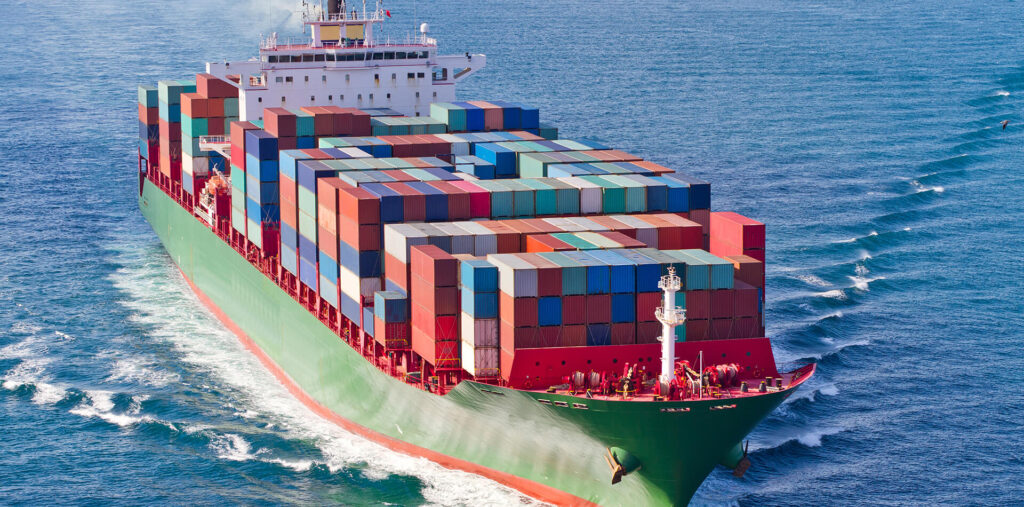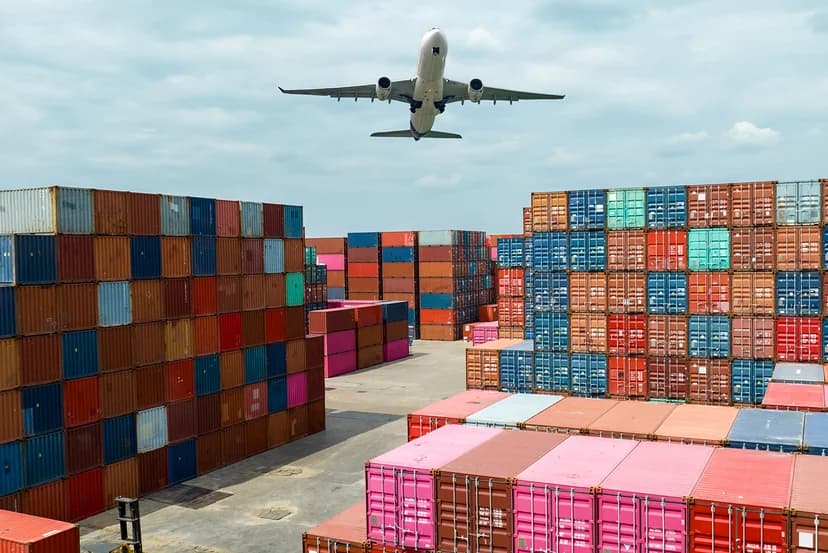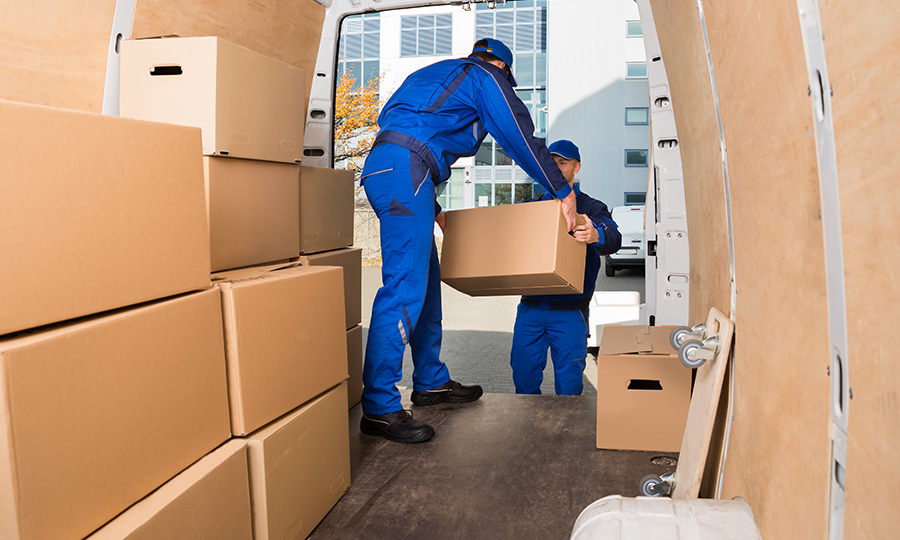- By TOP CHINA FREIGHT
- August 27, 2025
- Shipping
Shipping from China to France is a critical part of international trade, with imports ranging from electronics and machinery to fashion items and e-commerce parcels. Importers often face delays, fluctuating costs, and customs hurdles. This guide provides actionable strategies, detailed transportation options, and step-by-step advice to ensure timely, cost-effective, and secure shipments.

1.Transportation Options
Choosing the right transportation method depends on urgency, cargo type, and budget.
| Method | Transit Time | Best For | Estimated Cost |
|---|---|---|---|
| Sea Freight (FCL/LCL) | 25–35 days | Bulk shipments, non-urgent cargo | $2,500–$5,000 per 20ft container |
| Air Freight | 5–8 days | Urgent, high-value goods | $5–$9 per kg |
| Rail Freight | 18–25 days | Medium-volume shipments, faster than sea | $3,500–$6,500 per 40ft container |
| Express Courier | 3–6 days | Small parcels, samples | $6–$12 per kg |
Tips:
- FCL is more cost-efficient than LCL for bulk shipments.
- Air freight is recommended for urgent or fragile cargo.
- Rail freight is an eco-friendly and balanced option for mid-sized shipments.
2.Sea Freight: Cost-Effective for Large Shipments

Sea freight is the most common mode for shipping from China to France, especially for heavy cargo.
Popular Routes
- Shanghai → Le Havre
- Ningbo → Marseille
- Shenzhen → Le Havre via Rotterdam or Antwerp
Advantages
- Economical for large shipments
- Flexible for FCL and LCL
- Can handle oversized or heavy cargo
Tips for Sea Freight
- Book containers 4–6 weeks in advance during peak seasons.
- Use LCL consolidation to reduce costs for small shipments.
- Track shipments regularly using the carrier’s platform to avoid surprises.
3.Air Freight: Fast and Reliable

Air freight is ideal for high-value, urgent, or perishable goods.
- Transit Time: 5–8 days
- Best For: Electronics, fashion, perishables
- Major Airports in France: Charles de Gaulle (CDG), Lyon-Saint Exupéry (LYS), Marseille Provence (MRS)
- Cost: $5–$9 per kg
Tips:
- Consolidate shipments to save on per-kg costs.
- Confirm weight and dimensions to avoid excess charges.
- Consider economy air freight for non-urgent cargo to reduce costs.
4.Rail Freight: Efficient and Eco-Friendly

Rail freight is becoming popular for China-Europe shipments to France.
- Transit Time: 18–25 days
- Best For: Medium-volume shipments needing faster delivery than sea
- Popular Routes: Xi’an → Duisburg → Paris, Chengdu → Hamburg → Lyon
Tips:
- Ideal for industrial goods and non-perishable products.
- Ensure multimodal planning for the last-mile delivery in France.
5.Express Courier Services

For small shipments, samples, or urgent e-commerce parcels:
- Transit Time: 3–6 days
- Best For: Parcels <100 kg
- Couriers: DHL, FedEx, UPS, TNT
Tips:
- Choose express only for urgent shipments due to high costs.
- Ensure accurate documentation to prevent customs delays.
- Door-to-door delivery simplifies handling and reduces local logistics stress.
6.Customs Clearance in France
Proper documentation ensures smooth customs clearance and avoids fines.
| Document | Purpose |
|---|---|
| Commercial Invoice | Declares the value of goods |
| Packing List | Details quantity, weight, and dimensions |
| Bill of Lading / Air Waybill | Proof of shipment |
| Certificate of Origin | Benefits from trade agreements |
| Import Licenses | Needed for controlled items such as chemicals or electronics |
| Insurance Certificate | Protects high-value shipments |
Pro Tips:
- Double-check HS codes to prevent penalties.
- Pre-pay duties and VAT for faster clearance.
- Work with a customs broker familiar with French regulations.
7.Port and Airport Insights
Sea Ports
- Le Havre: Main hub for container shipments; well-connected to inland France
- Marseille: Suitable for Mediterranean shipments and southern France
Airports
- Charles de Gaulle (CDG): Main hub for cargo and express parcels
- Lyon-Saint Exupéry (LYS): Efficient for regional distribution
- Marseille Provence (MRS): Handles medium-sized cargo volumes
8.Cost Considerations
Factors influencing shipping from China to France include:
- Volume and weight of cargo
- Mode of transport (sea, air, rail, courier)
- Port handling and local delivery fees
- Peak season surcharges
- Fuel and documentation fees
Approximate Costs:
| Shipment Type | Cost Range |
|---|---|
| 20ft Container (Sea) | $2,500–$5,000 |
| 40ft Container (Sea) | $4,500–$7,500 |
| Air Freight | $5–$9 per kg |
| Rail Freight | $3,500–$6,500 per 40ft container |
| Express Courier | $6–$12 per kg |
9.Cost-Saving Strategies
Combine LCL shipments or share container space.
Secure slots before peak season.
Reduce dimensional weight for air freight.
FOB, CIF, or EXW can influence total costs.
Experienced forwarders negotiate better rates and handle customs efficiently.
10.Risk Management and Insurance
- Insurance protects against loss, damage, or theft.
- Essential for fragile, high-value, or perishable goods.
- Consider all-risk coverage for sea, air, and rail shipments.
11.Choosing the Right Freight Forwarder

A competent forwarder for shipping from China to France should:
- Offer end-to-end solutions including customs, warehousing, and delivery
- Provide tracking and reporting tools
- Have knowledge of French import regulations
- Offer multimodal options to optimize cost and transit time
Conclusion
Shipping from China to France requires careful planning, accurate documentation, and selecting the right transport method. By understanding costs, transit times, customs procedures, and risk management, you can ensure your shipments arrive on time and on budget. Partnering with a trusted freight forwarder simplifies the process and enhances reliability.
Need a Shipping Quote?
If you want expert guidance and peace of mind, our team is ready to assist.
TJ China Freight offers tailored solutions to help businesses of all sizes ship more reliably from China.
FAQs
Q1:What is the cheapest shipping method?
Sea freight using FCL containers is generally most economical, while rail is a good mid-range alternative.
Q2:Can I ship perishable goods to France?
Yes, by using air freight or refrigerated sea containers. Temperature control and proper documentation are crucial.
Q3:Are there hidden charges when shipping from China to France?
Yes, including port handling, fuel surcharges, customs brokerage, and documentation fees.
Q4:Can I ship hazardous materials?
Yes, but carriers require proper labeling, permits, and approval to comply with safety regulations.
Q5:How can small businesses reduce shipping costs?
Consolidate shipments, plan off-peak shipments, and negotiate with freight forwarders.
